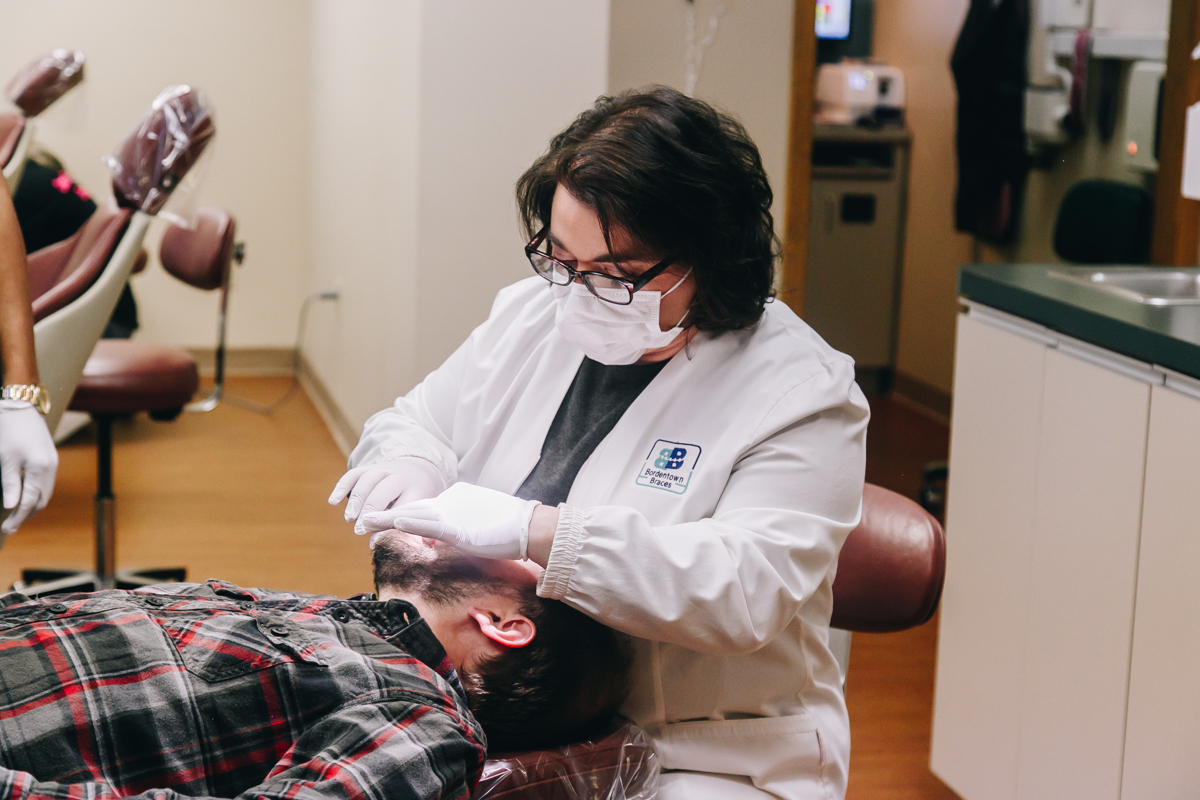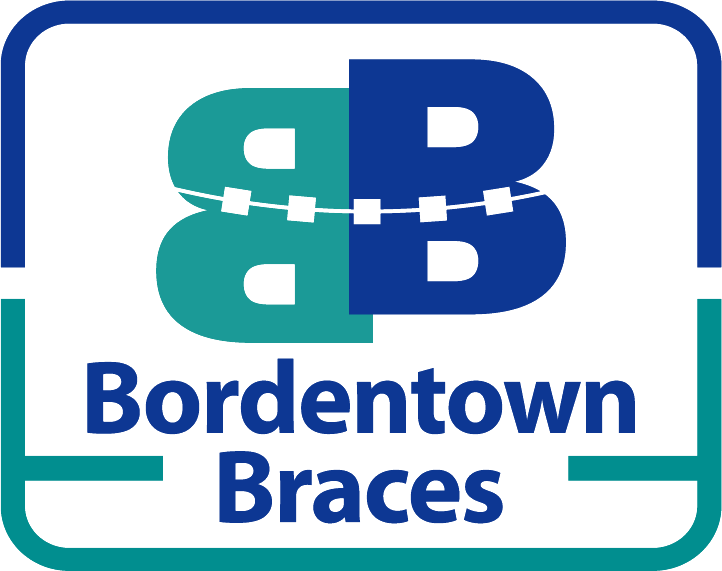
What Is the Difference Between an Orthodontist and a Dentist?
When you are interested in maintaining your oral health, it’s important to know the difference between an orthodontist and a dentist. Both are essential for helping you keep your smile healthy and strong. However, the main difference is a dentist focuses on the maintenance and restoration of the teeth and gums, while an orthodontist specializes in realigning the teeth, improving a patient’s bite, and working with dental appliances.
Both professionals are required to undergo thorough education and training and are required to go to an accredited school and complete their program. An orthodontist undergoes extra schooling to become a specialist in alignment and correcting how well the teeth and jaws sit. In fact, an orthodontist is required to attend an additional three years of school and will complete a different type of residency than a general dentist.
This means that while all orthodontists are dentists, not all dentists are orthodontists.
Both professionals are essential to helping you maintain proper oral health and wellness. Although the two professions sound similar on paper, there are actually far more differences than similarities. For example, a general dentist is one of the only professionals who will completely clean and scrape your teeth, while an orthodontist possesses the unique skills to create oral appliances.
Instead of trying to find a single dental professional who can address all of your concerns, know the difference between an orthodontist and dentist. Then, find skilled practitioners in your area, such as the orthodontist at Bordentown Braces, to receive the best treatment possible.
What Does a Dentist Do?
A dentist focuses on helping patients maintain good oral hygiene, and will offer a broad range of preventive and restorative treatments to eliminate plaque and decay. If you are not struggling with an alignment issue and instead have some form of decay or pain, that requires treatment, you will most likely contact your general dentist. You will also visit your dentist for regular dental maintenance, including cleanings, exams, and x-rays.
Some of their most popular procedures include:
- Tooth decay removal
- Gum disease treatment
- Root canals
- Dental bonding
- Teeth whitening
- The creation of bridges
- The application of veneers
It is normal to see your general dentist more often than an orthodontist if you are not currently undergoing any treatment for a dental misalignment. If you are receiving a treatment such as braces, then you will most likely see your orthodontist more often.
What Does an Orthodontist Do?
An orthodontist is a dental specialist who almost exclusively focuses on the alignment of the teeth. Instead of providing treatments related to general oral health, an orthodontist is skilled at procedures which can help realign the teeth and jaws. These are necessary to avoid complications like oral pain, trouble eating, difficulty speaking, and even permanent tooth loss because of constant pressure or facilitated decay.
When you visit an orthodontic office, you can receive services related to:
- Misaligned teeth
- Crowded teeth
- Underbite
- Overbite
- Deep bite
- Crossbite
An orthodontist can also create specialty appliances to treat a broad range of conditions like temporomandibular disorder (TMD), which affects the temporomandibular joints (TMJ) that connect the lower jaw to the skull. These appliances are customized to fit your unique jaw shape.
However, most people know their orthodontist as someone who is able to do long term treatment like braces. Braces are the most common form of orthodontic care and include the placement of wires, brackets, or aligners to help shift the teeth. Other forms of appliances are also available, including palate expanders and retainers.
Who Do You Visit?
If you are trying to determine the difference between an orthodontist and a dentist, it helps to know which professional you would see depending on what issue you currently have or treatment you would like.
Check out this convenient chart to know which dental professional you should see:
| Tooth Decay | General Dentist |
| Cavity | General Dentist |
| Gum Disease | General Dentist |
| Overbite | Orthodontist |
| Underbite | Orthodontist |
| Crossbite | Orthodontist |
| Deep Bite | Orthodontist |
| Protruding Teeth | Orthodontist |
As you can see, someone needs to see a dentist when they are struggling with decay, plaque, and bacteria. While an orthodontist is trained to recognize these issues, they focus on the alignment of the teeth and jaws and the many issues which can arise from leaving these conditions untreated.
However, it is common for patients to continue to confuse a dentist and an orthodontist. This is because some of the procedures performed by a general dentist are similar to the treatments completed by an orthodontist.
For example, your average dentist might be able to examine your smile and tell you when there is a misalignment or a similar issue that will cause you distress down the road. Further, your average dentist may be trained to provide orthodontic care in addition to extractions, TMJ treatments, and fillings.
However, to receive the best care available, it is important to seek out a dedicated expert. Trusting your smile to an orthodontist can better balance the different procedures you require, particularly if you have multiple issues that need to be addressed at the same time. For example, an orthodontist would be your safest choice if you need braces but are also struggling with a decaying tooth that needs to be extracted before any other form of treatment begins.
How to Get Orthodontic Care
If you are looking for an orthodontist in Cream Ridge, NJ, contact us today at Bordentown Braces. Dr. Newman is a Board Certified Orthodontist by the American Board of Orthodontics and is completely dedicated to her cause of helping patients of all ages. To become Board Certified, Dr. Newman completed additional oral and written exams, a process only 40% of all orthodontists undergo. Just like with a dentist, you can schedule an appointment with our orthodontist at Bordentown Braces by calling our office at (609) 291-8555. Your first appointment will be a consultation during which we take x-rays and examine your mouth to check for alignment issues which should be addressed.
